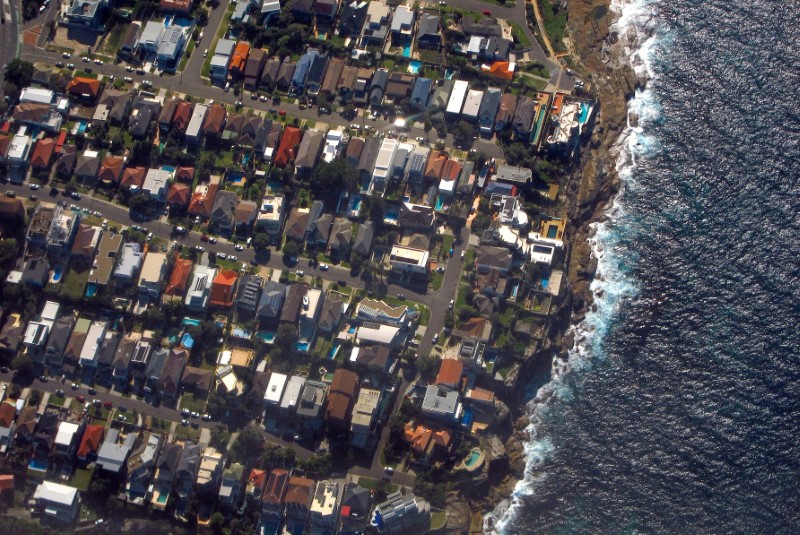By Ambar Warrick
Investing.com -- Australia logged a substantially bigger-than-expected current account surplus in the December quarter, data showed on Tuesday, helped chiefly by an improvement in trading conditions and a drop in overseas liabilities.
The current account surplus jumped to A$14.11 billion (A$1 = $0.6746) in the three months to December 31, data from the Australian Bureau of Statistics showed. The reading was much stronger than expectations for a surplus of A$6.5B, and higher than the prior quarter’s revised surplus of A$753 million.
Robust exports and slowing imports were the biggest boosts to the current account, with a year-end resurgence in Chinese demand helping commodity shipments. The country is Australia’s largest export destination, and is a main consumer of commodities shipped from the country.
The Australian economy is expected to benefit from a recovery in China this year, after the Asian giant relaxed most anti-COVID restrictions in January.
The strong trade surplus is expected to contribute 1.1 percentage points to Australia’s December quarter GDP, the ABS said, slightly lower than expectations for 1.3%. But the trend still reflects some strength in the Australian economy, even as it grapples with rising interest rates and high inflation.
Australia’s GDP reading for the fourth quarter is due on Wednesday.
A drop in Australia’s net primary income deficit also supported the stronger-than-expected current account surplus for the December quarter. The deficit fell to A$26.4B from a record-high A$30.4B in the prior quarter, reflecting smaller dividend payouts to overseas investors, as well as some returns on foreign investments.
But markets are still positioning for a potential slowdown in Australian economic growth in 2023, with the Reserve Bank recently warning that rising interest rates will weigh heavily on the economy this year.
A post-COVID boom in the Australian economy now appears to have run out of steam, as the country grapples with its highest pace of inflation in over 30 years.
The Australian dollar reacted positively to Tuesday’s data, rising 0.2% to 0.6746.
